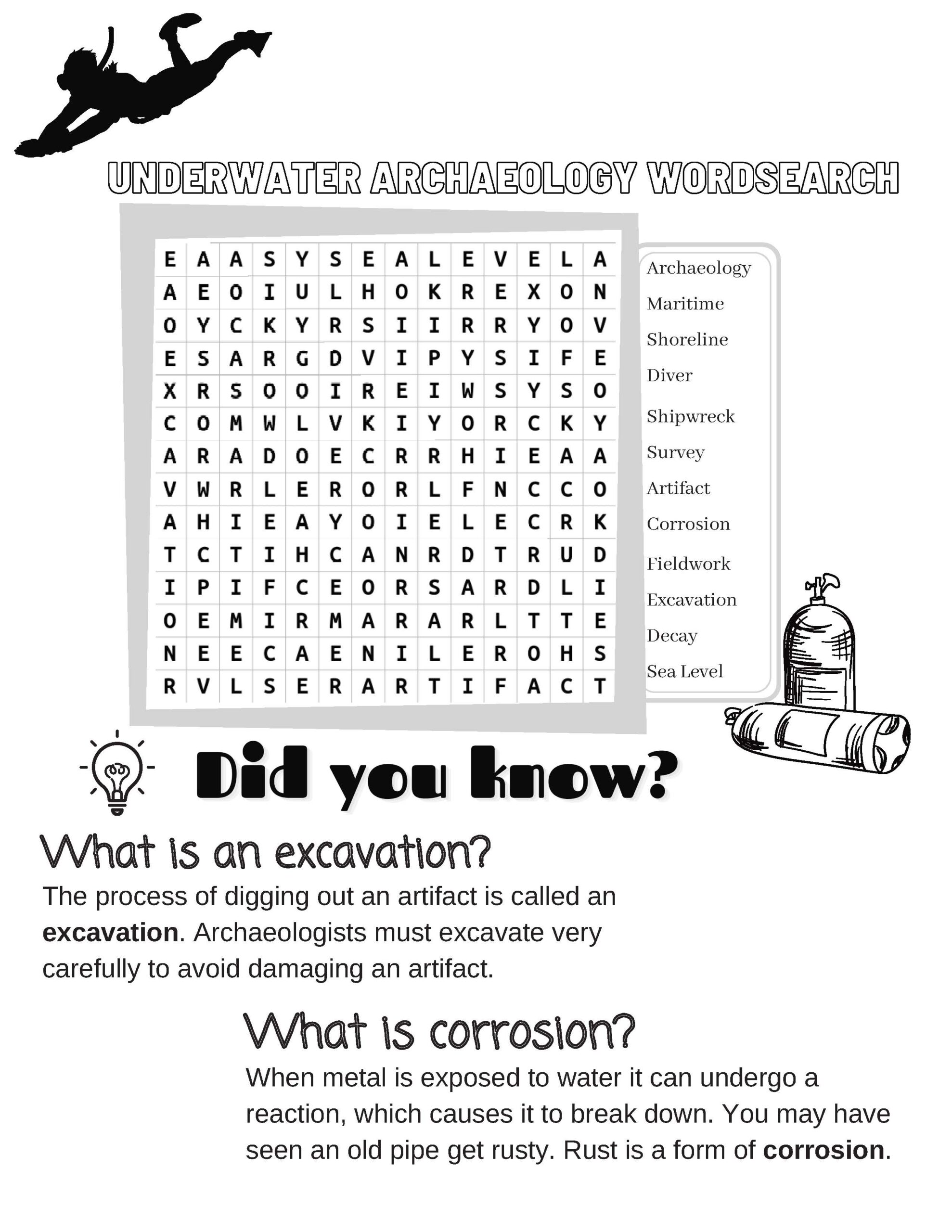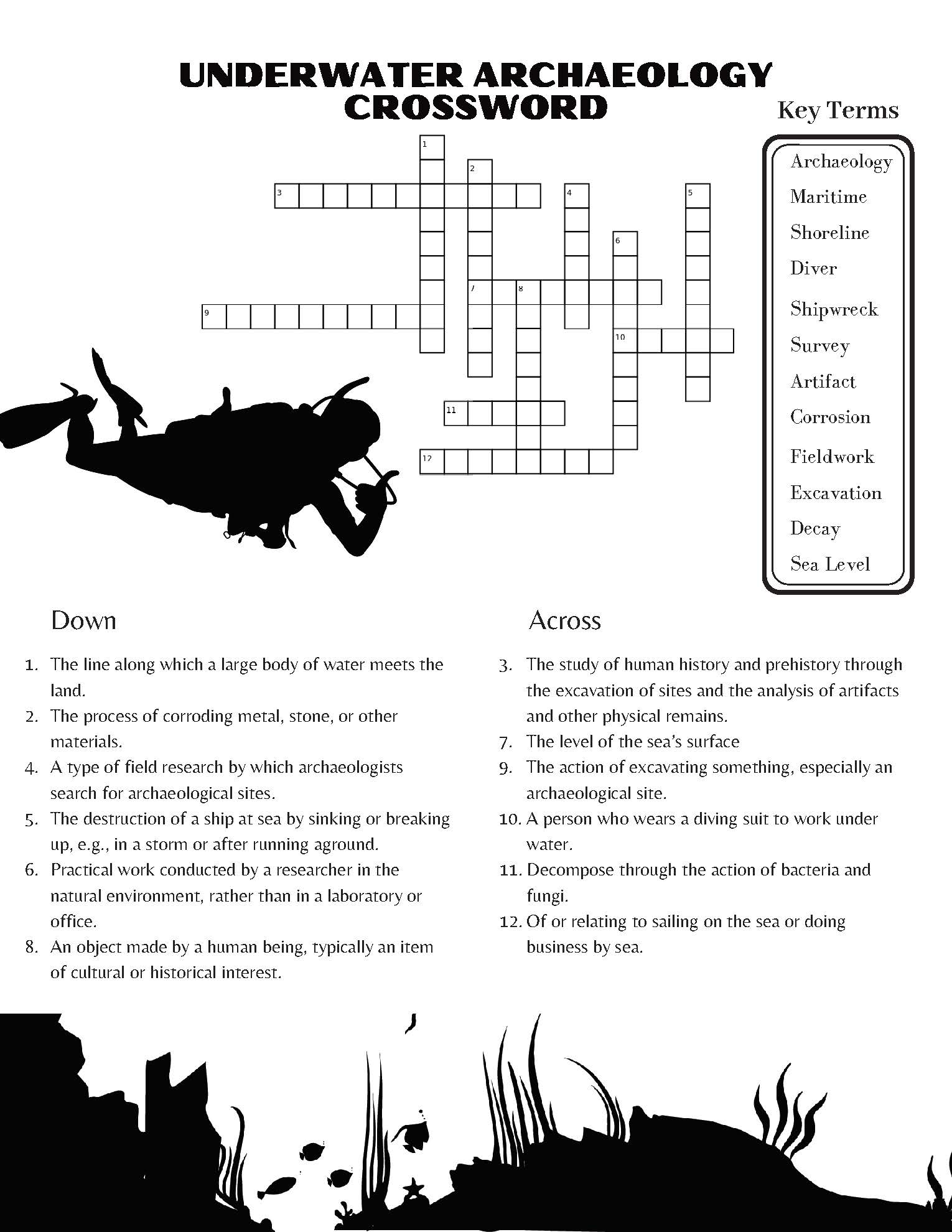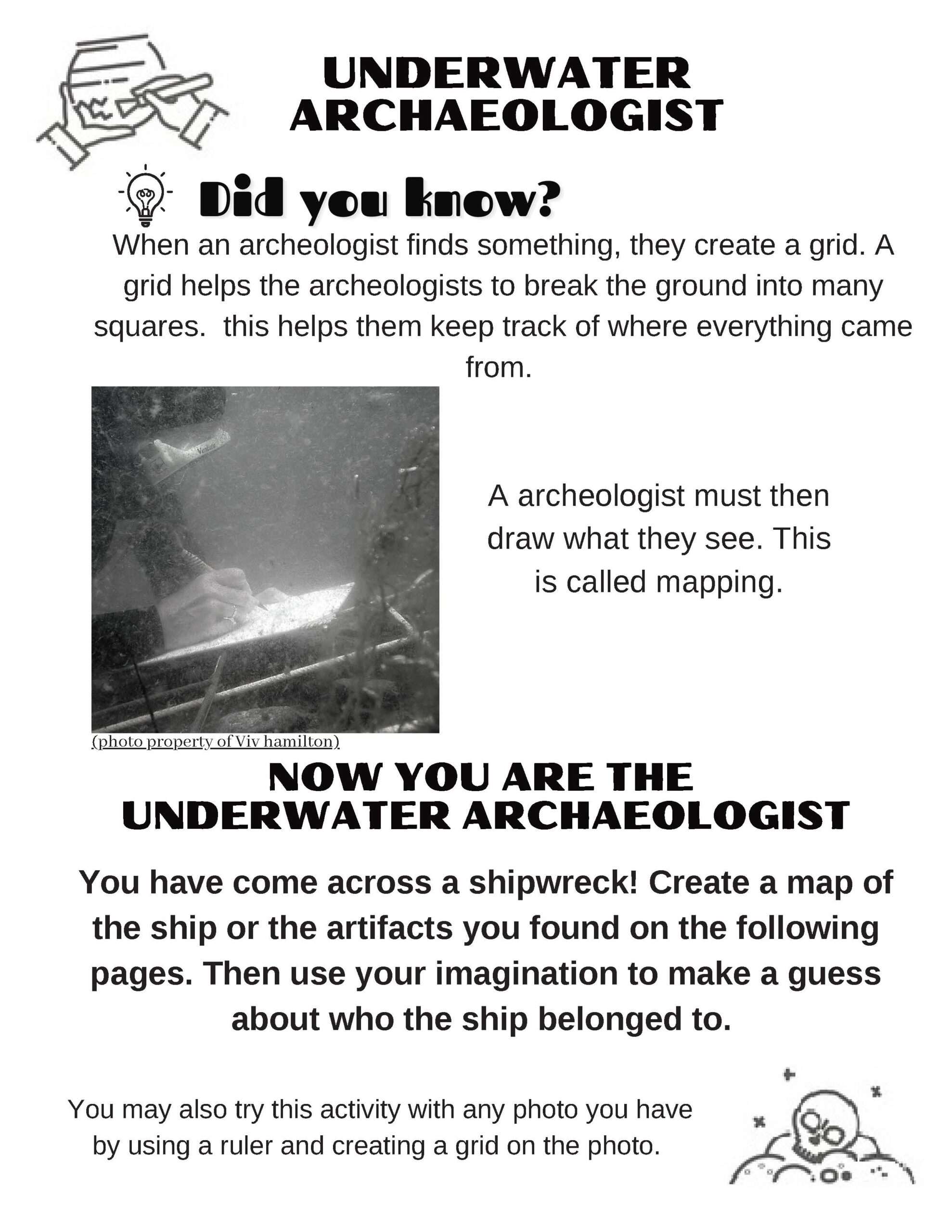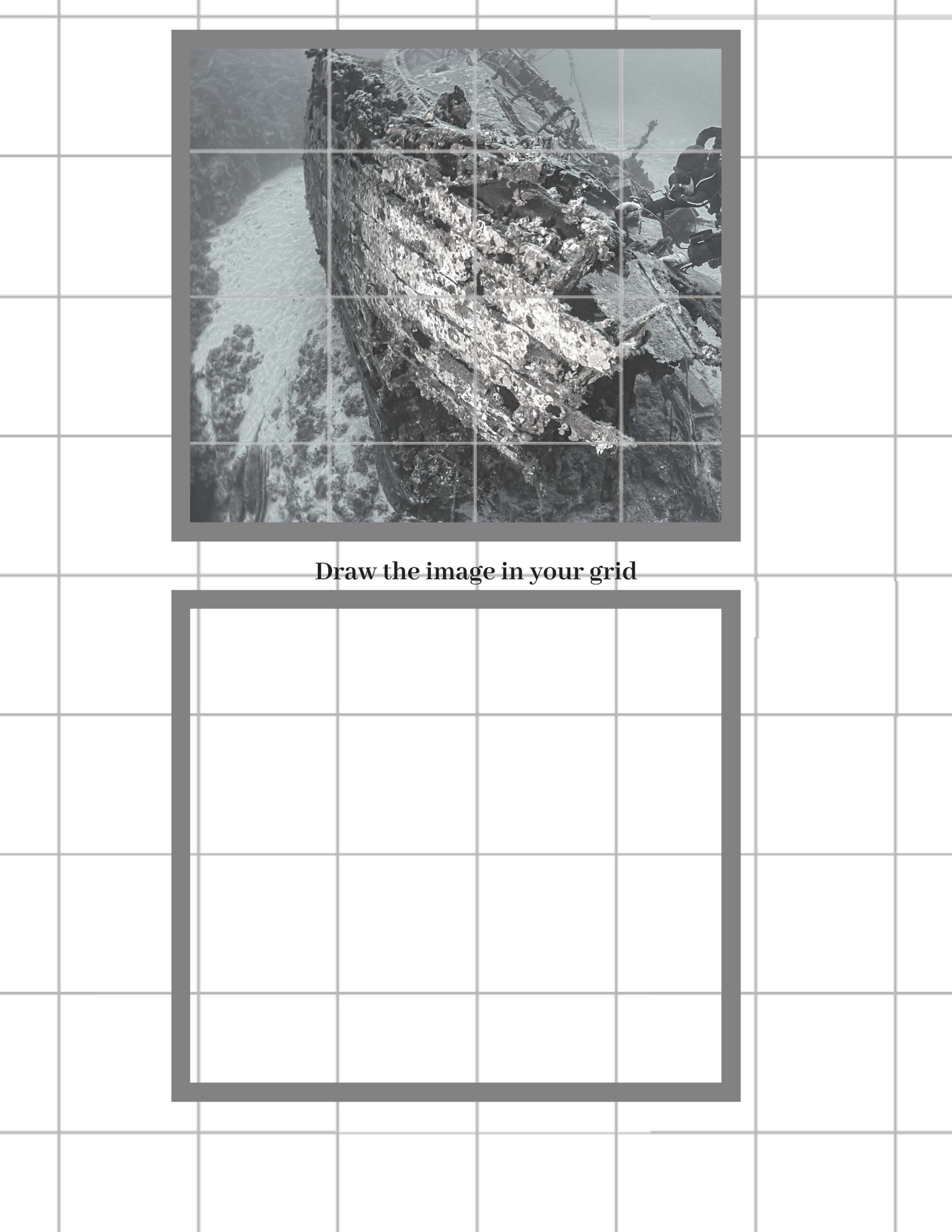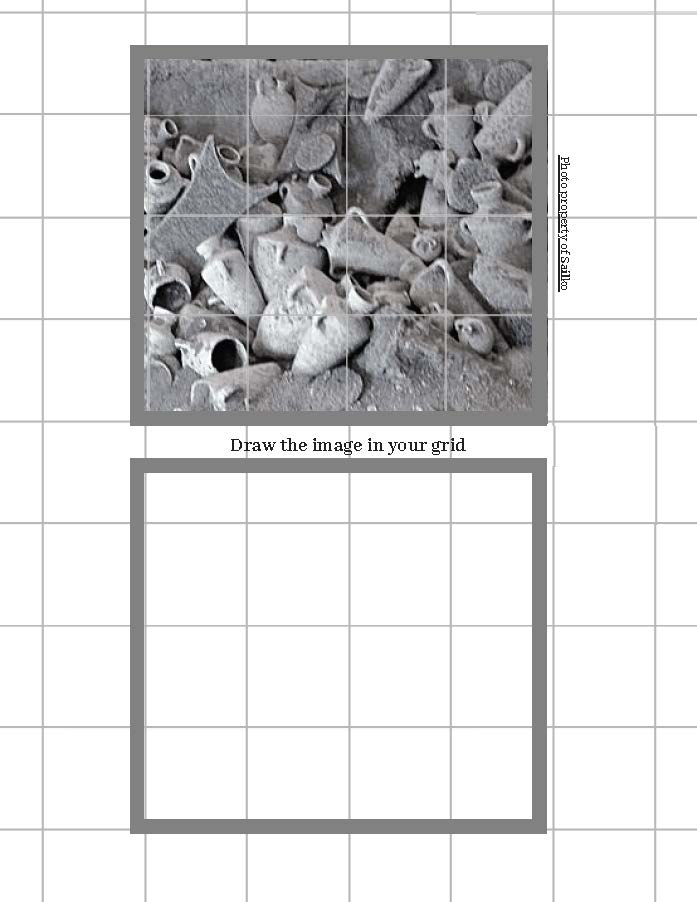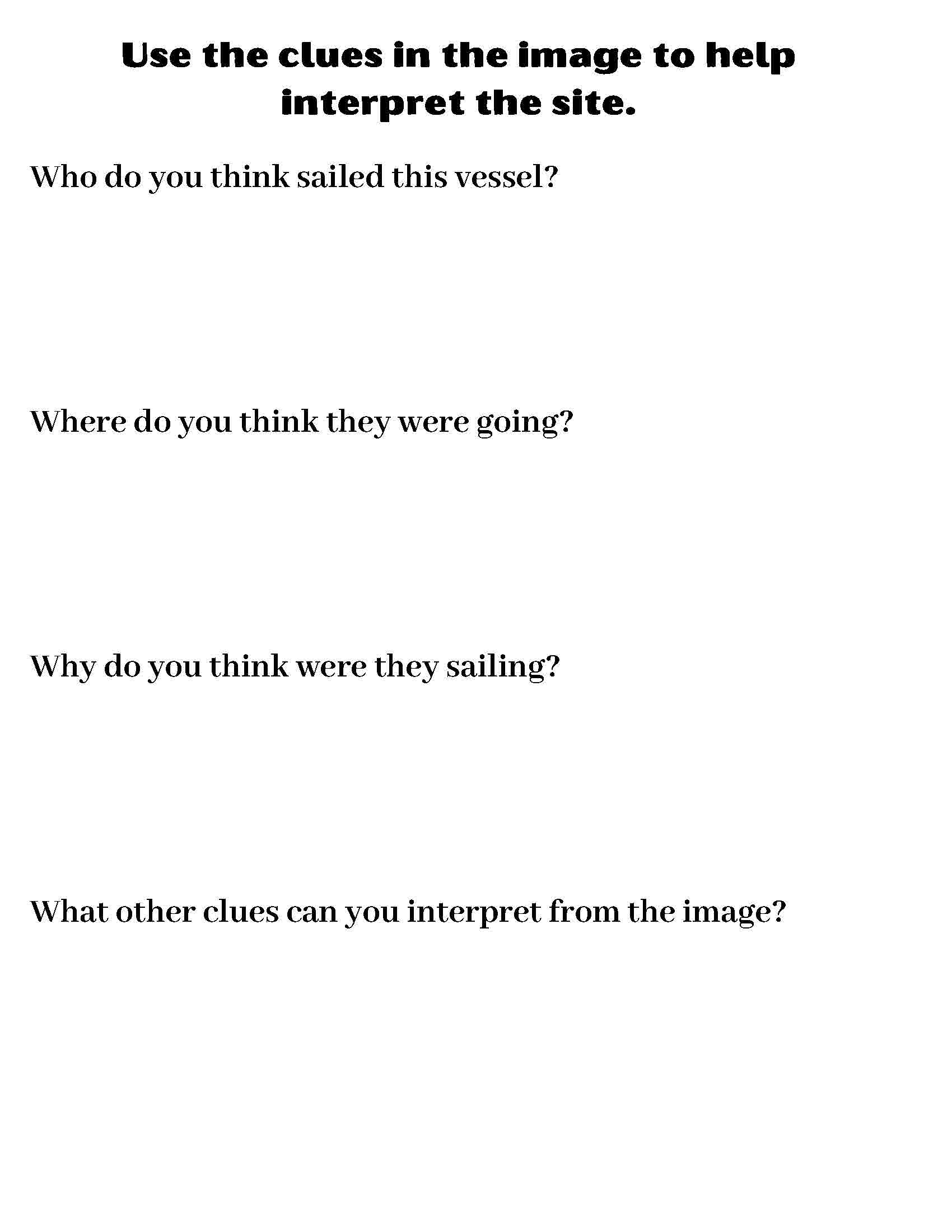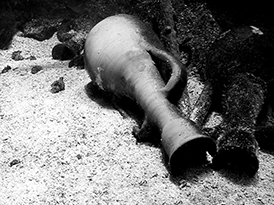
Archaeology is the study of the past through objects that people have left behind, these objects may also be called artifacts. Some archaeologists study artifacts found under the water. These archaeologists can be called underwater archaeologists or maritime archaeologists. Under the water, archaeologists can find shipwrecks and other items that have left behind by the changing of the sea level. The sea level or shoreline, the line where the sea meets the land, has moved over the years due to the rising and lowering of the sea.
When archaeologists are working on a site, this is called fieldwork. Fieldwork can even be done underwater! Under the water, archaeologists must use diving equipment to help them breathe. A diver is someone who uses scuba equipment underwater. Instead of using a shovel to help them dig, they use a tool that is like a vacuum to help them slowly remove the dirt, this tool is called a dredge. The process of digging an artifact out is called an excavation.
Archaeologists start with a survey, which is a search for archaeological sites. This starts with creating a grid, and making detailed sketches so they know exactly where everything comes from. They even make these drawings under the water!
Things that are under the water will have a different rate of decay, than things that are on land. Decay means that something rots and eventually turns back into dirt. The rate of decay can vary by many factors including the movement of the water. Metal ships may seem very strong, but even underwater they undergo corrosion. Corrosion is when the water causes a reaction in the metal causing it to start to break down.


